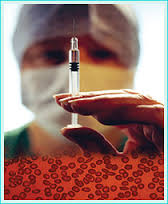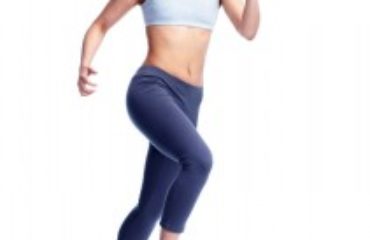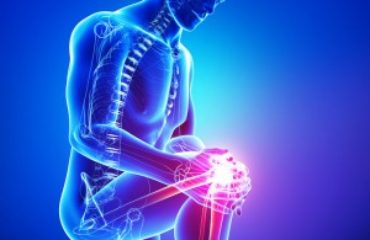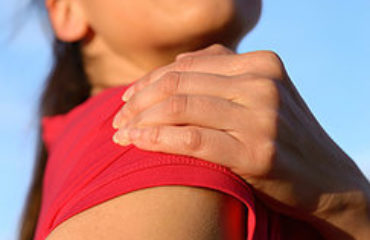Runner’s knee is the common name of patellofemoral pain syndrome, a number of medical conditions that cause pain around the front of the knee. This is not limited to runners, but extends to other athletes that place great amounts of repetitive stress to their knees (e.g., skiers, jumpers, football players, etc.). 
This usually manifests itself as a dull and aching pain that persists around the patella (kneecap). Pain occurs with normal activities of daily living, and may persist even at rest. This condition can affect either a single knee or both knees. It is more common among women than men, and is common among young, recreational runners.
Runner’s knee can be caused by the following:
- Trauma – falls or blows that directly affect the knee can damage tissue leading to persistent pain
- Misalignment – if the body cannot evenly distribute the weight across the joints, some areas may end up bearing excessive weight. This leads to stress on the joints, and possibly pain and eventual damage.
- Unstable supporting muscles – if there is uneven development of the thigh muscles, the joint will be more prone to misalignment
- Overuse – repeated use of the knee can cause irritation to the nerves as well as progressive damage to tendons. Tendons can also suffer from tears and overstretching
- Improper foot strikes – people with flat feet or knees that turn excessively are more prone to runner’s knee
 The diagnosis of this condition is made after clinical history and physical examination with the Phoenix sports medicine doctor. The physical examination will assess the stability of the knee joint, the range of motion of the joint, signs of tenderness, strength and flexibility of the hamstring muscles, among other things.
The diagnosis of this condition is made after clinical history and physical examination with the Phoenix sports medicine doctor. The physical examination will assess the stability of the knee joint, the range of motion of the joint, signs of tenderness, strength and flexibility of the hamstring muscles, among other things.
You may be also asked to walk, jump, squat, sit down and do other activities of daily living. The top orthopedic surgeon in Phoenix may also opt for additional imaging studies, such as Magnetic Resonance Imaging (MRI) and Computerized Tomography (CT) scans.
Treatment depends on the nature and severity of the condition, and can range from conservative nonsurgical options to arthroscopic surgery. Conservative measures include rest, ice warm compresses, compression, and elevation. Medications to reduce pain and inflammation may also be prescribed.
Physical therapy and rehabilitation may be needed to address the underlying conditions of runner’s  knee. Muscle strengthening and conditioning exercises can prove to be beneficial to the stability of the joint. Special sports equipment, such as braces and wraps, can be used to provide additional support. Problems with the feet can be addressed by the use of shoe inserts.
knee. Muscle strengthening and conditioning exercises can prove to be beneficial to the stability of the joint. Special sports equipment, such as braces and wraps, can be used to provide additional support. Problems with the feet can be addressed by the use of shoe inserts.
Injections may consist of either steroid, PRP therapy or stem cell injections. Steroid injections may provide months of relief. The PRP therapy and stem cell injections typically offer pain relief while at the same time spurring on repair of the damaged tissue. This can lead to quicker healing and a more satisfactory repair.



